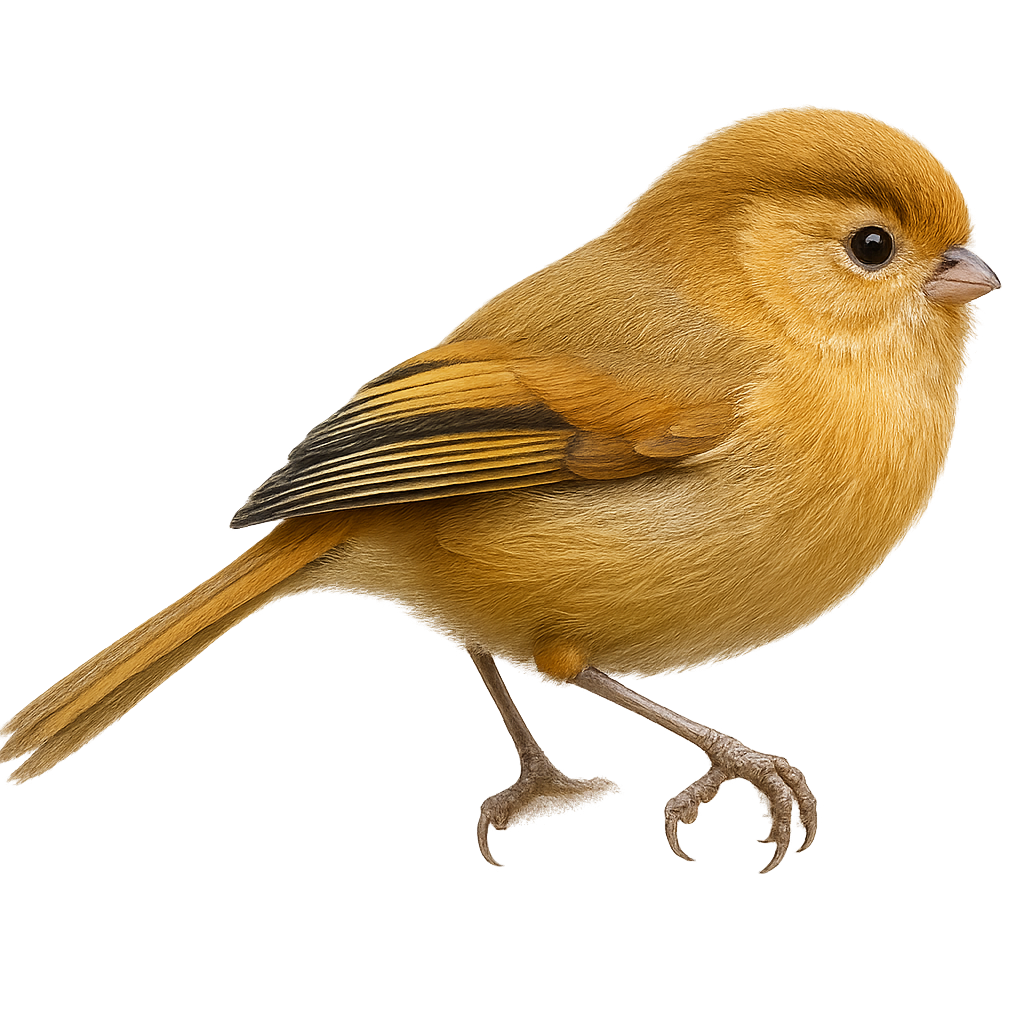Your wildlife photography guide.
Explore the fulvous parrotbill in detail, study its behavior, prepare your shots.
Where to observe and photograph the fulvous parrotbill in the wild
Learn where and when to spot the fulvous parrotbill in the wild, how to identify the species based on distinctive features, and what natural environments it inhabits. The WildlifePhotographer app offers tailored photography tips that reflect the fulvous parrotbill’s behavior, helping you capture better wildlife images. Explore the full species profile for key information including description, habitat, active periods, and approach techniques.
Fulvous Parrotbill
Scientific name: Suthora fulvifrons

IUCN Status: Least Concern
Family: PARADOXORNITHIDAE
Group: Birds
Sensitivity to human approach: Suspicious
Minimum approach distance: 10 m
Courtship display: May to June
Incubation: 13-15 jours
Hatchings: May to July
Habitat:
Bamboo forests, dense undergrowth, mountainous regions
Activity period :
Primarily active during the day, with peak activity in the morning and late afternoon.
Identification and description:
The Fulvous Parrotbill is a small bird with distinctive plumage, primarily orange with shades of brown and gray. It is recognizable by its short, thick bill, adapted to its diet mainly consisting of seeds and insects. This bird primarily inhabits bamboo forests and dense undergrowth in the mountainous regions of Southeast Asia, notably in China, India, and Myanmar. It is often seen in small flocks, actively moving in search of food. Although its habitat is relatively stable, deforestation and forest fragmentation may pose potential threats to some local populations.
Recommended lens:
400mm – adjust based on distance, desired framing (portrait or habitat), and approach conditions.
Photography tips:
To photograph the Fulvous Parrotbill, it is advisable to use a telephoto lens of at least 400mm to capture detailed images without disturbing the bird. Look for areas where bamboo is dense, as these birds like to hide in the vegetation. Be patient and wait for them to move into more open areas for clear shots. Using a tripod can help stabilize the camera for sharp shots.
The WildlifePhotographer App is coming soon!
Be the first to explore the best nature spots, track rutting seasons, log your observations, and observe more wildlife.
Already 1 432 wildlife lovers subscribed worldwide

